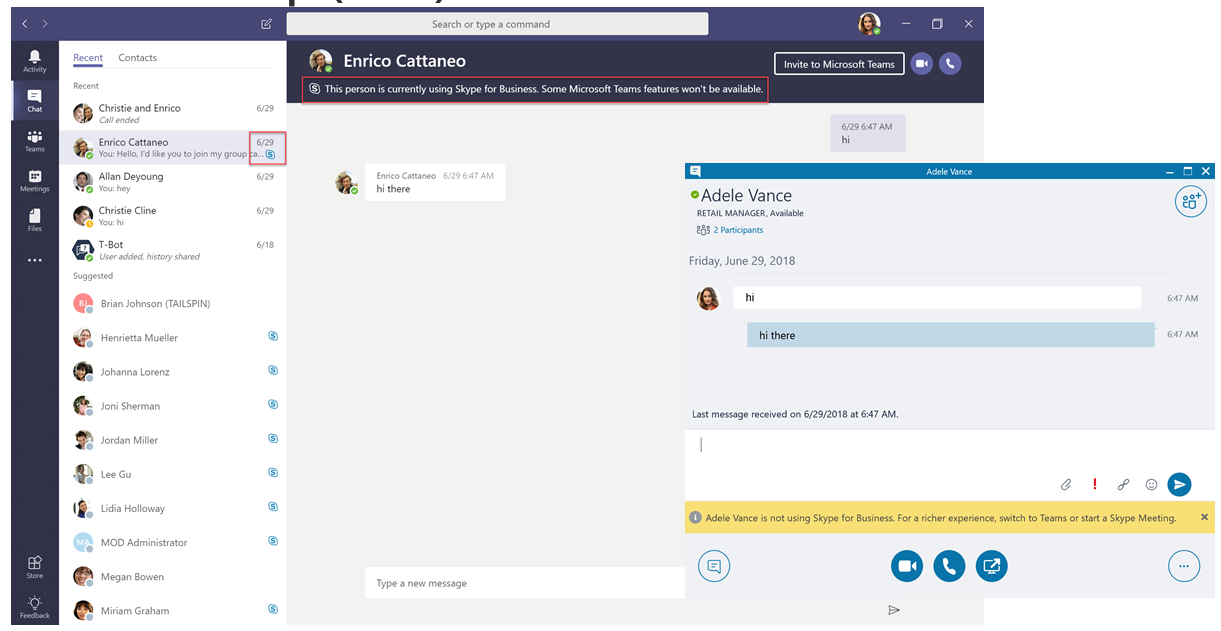
Also, running your own on-premises solution is viewed as the better option if you wish to customize how Skype for Business runs on your network or integrates with other IT systems you use. This can become very inconvenient if it happens to coincide with a time when you need full access and functionality. For example, with a hosted service, you are at the mercy of the provider as to when updates and upgrades are run. Still, many enterprises opt for Server Edition because of the additional control they have over things like system security and timing of updates.

This has not been so relevant since Microsoft added the same features to its cloud service with the Office 365 E5 Enterprise release. Originally, Skype for Business Server edition was a better option for large organizations because it provided full access to enterprise-grade telephony and collaboration features. The added expense and need for full time IT support are viewed as worth it. But many businesses, especially larger enterprises, still prefer the level of control they get from outright ownership. Outright ownership also adds ongoing costs in maintenance and repair. It is true that configuring a server edition on your IT network can be complex, especially if you are setting it up across multiple sites in a large organization. Many businesses are moving away from on-premises solutions to avoid high capital expenditure and what is widely regarded as a higher total cost of ownership (TCO) compared to hosted cloud services. These can be variously viewed as advantages or disadvantages, depending on your viewpoint. Running Skype for Business Server Edition requires customers to buy the software up front and then configure and install it on their IT network. Part of the broader Office softwa re suite which includes Office programs, Exchange Server and Sharepoint Server, it was the direct replacement of Lync Server.

Skype for Business Server Edition is the on-premises software solution. In this article, we compare the Skype for Business editions available with the key facts you need to know when making your choice. This level of choice is great for the end user, but it also requires an understanding of the different options so the right decision can be made.

A key part of that was to offer a flexible range of deployment options covering cloud and on-premises so every potential customer could use Skype for Business in a way that best suited its operations and objectives. When Microsoft decided to replace its Lync UC platform with Skype for Business, the intention was to create a complete end-to-end enterprise class communications and collaboration solution. While it shares many features with Skype – user-friendly access to voice, video and IM, for example – Skype for Busi ness also does so much more. Skype for Business is much more than a business-focused repurposing of the famous peer-to-peer communications app it shares its name with.


 0 kommentar(er)
0 kommentar(er)
